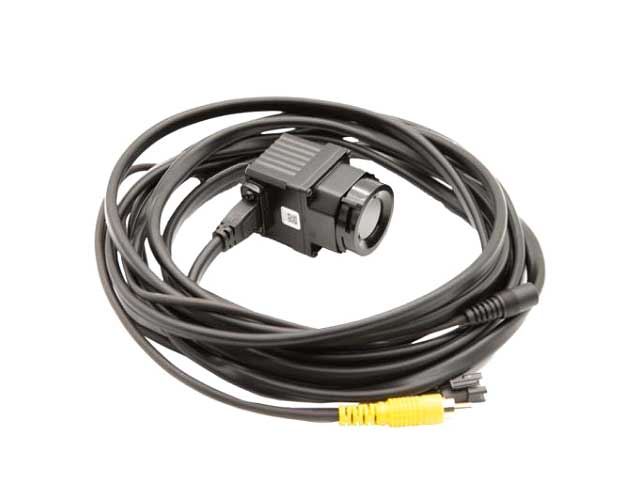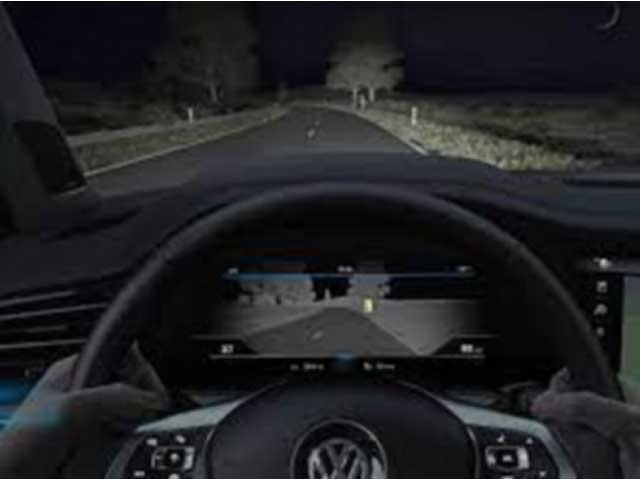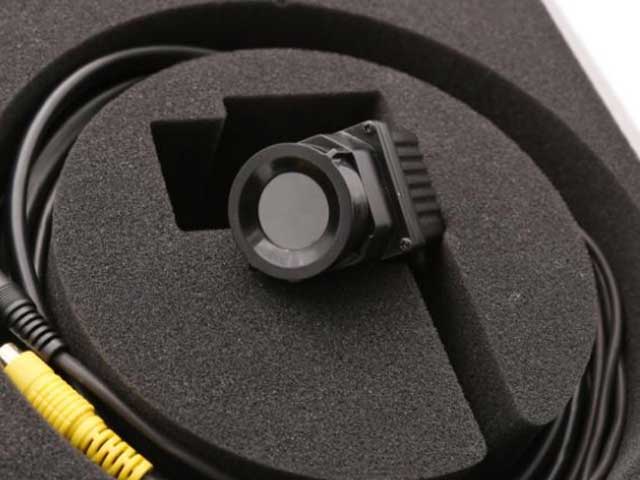
Engineer Manager Name: Jacky
Email: mh_elec@126.com or jacky@mh-elec.com
Originally introduced by Cadillac in the early-2000s, night vision has become a more common feature among new car manufacturers. Night vision enhances your view of the road while driving in darkness, but is the feature worth having? To decide, you’ll need to understand how the systems work and how they translate to your vehicle.

Night vision is a technology that helps you see more clearly in dark lighting conditions, which can work in different ways. Image enhancement technology uses all available light and the lower portion of the infrared spectrum to transform a dark image into a brighter picture. Thermal imaging technology taps into the upper portion of the infrared spectrum to capture heat beams coming off warm subjects.
Night vision in a vehicle works by using one of these techniques to make the scene ahead clearer after the sun goes down. Many drivers struggle to see well after dark, and night vision is a way to amplify the view of the road. The night vision image may be displayed in the dashboard display, on the infotainment screen, or as a projection on the windshield.

Passive night vision in a car uses thermal imaging technology to light up nearby objects, animals, and people. This distinguishes warm objects from the road, which maintains a lower temperature. The enhanced scene ahead is great for helping you see other people and vehicles more clearly as you drive.

This type of technology may have trouble showing inanimate objects that emit the same lower levels of heat as the road and environment. Additionally, passive systems don’t work as well in warmer climates. If the road and surrounding objects are too hot, the cameras can fail to depict the scene accurately. BMW, Cadillac, Volkswagen, and Audi use passive night vision systems.
Active night vision in a vehicle uses image enhancement technology to project a brighter, well-lit scene. These systems rely on infrared lights in the vehicle’s body to help highlight the path as you drive. They display a higher quality image than ones that use passive night vision technology and can brighten objects farther in the distance.
Night Vision Options for Cars

The MH-N infrared thermal imaging product (hereinafter referred to as the "product") is mainly used in advanced assisted driving of automobiles. It can obtain clear images during driving at night or in low light, and provide more comprehensive and accurate information on potential hazards to help The driver obtains a higher foresight ability.
Engineer Manager Name: Jacky
Email: mh_elec@126.com or jacky@mh-elec.com
